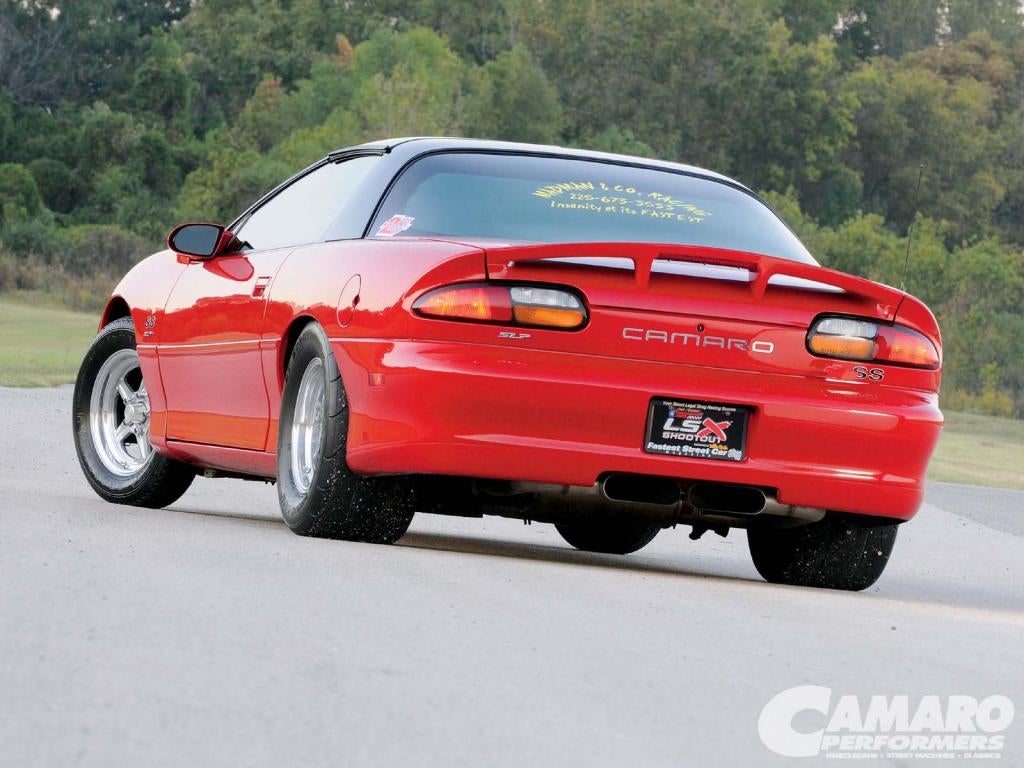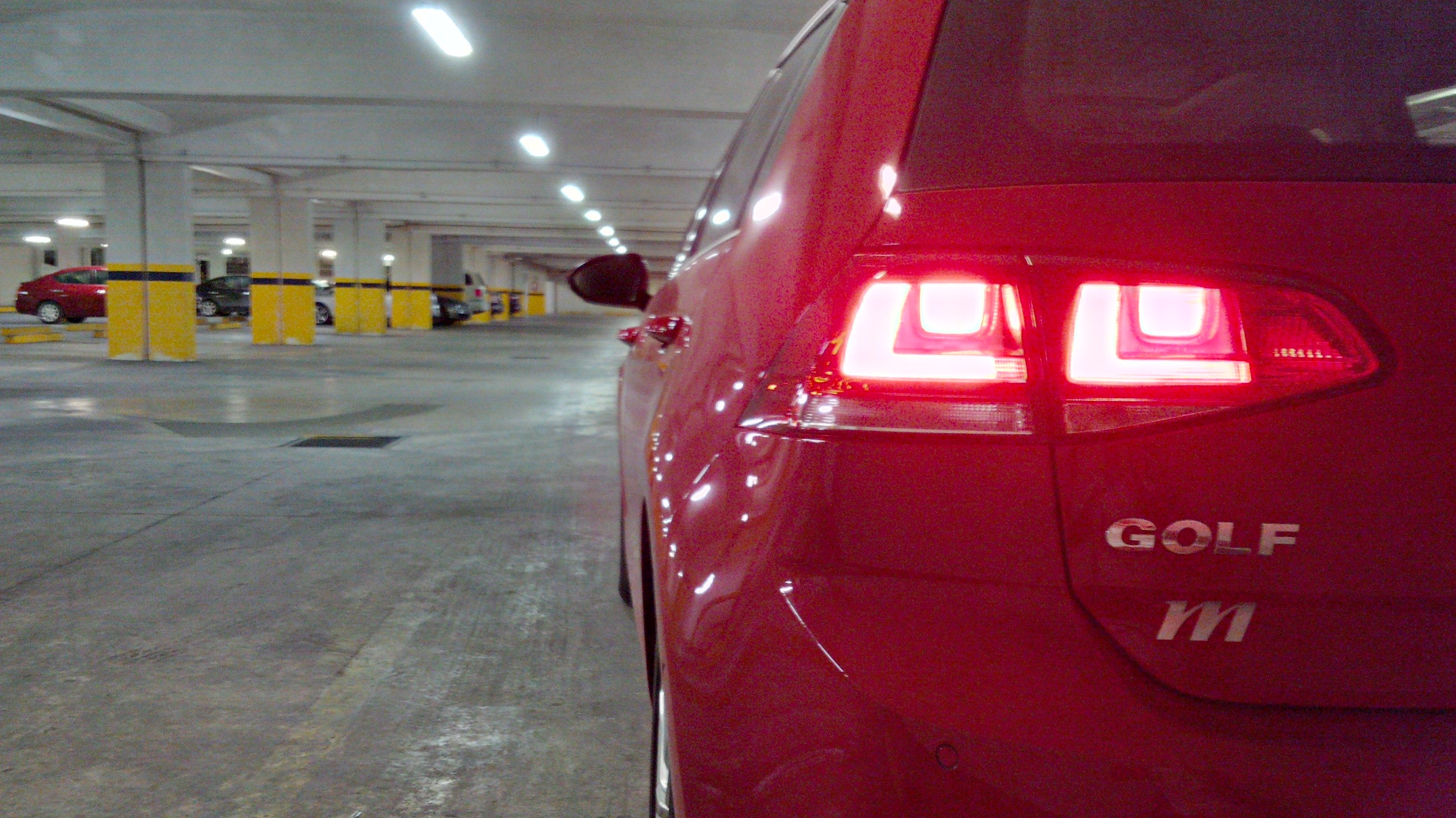 "DCCARGEEK" (dccargeek)
"DCCARGEEK" (dccargeek)
01/29/2016 at 13:10 • Filed to: None
 9
9
 10
10
 "DCCARGEEK" (dccargeek)
"DCCARGEEK" (dccargeek)
01/29/2016 at 13:10 • Filed to: None |  9 9
|  10 10 |
As you may or may not be aware NHTSA is updating the agency’s Star Rating System, known as the New Car Assessment Program (NCAP). There are too many changes to list here, but if you’d like to read more about the proposed changes click !!!error: Indecipherable SUB-paragraph formatting!!! to view the rule in its complete posting.
While reading over the comments, submitted by industry and the public, I came across an interesting submission from a former (retired?) Volvo engineer.
Karl Donina, who claims to be a Volvo engineer from 1960-1970, submitted a !!!error: Indecipherable SUB-paragraph formatting!!! on the changes earlier today. The submission does a great job of sharing a personal perspective on the fight over the amber turn signal.
I am writing to provide perspective on the rear turn signal color. I was with Volvo in the 1960s and -70s mainly with vehicle and equipment specifications for the various regulations and market needs in North America. Before the advent of Federal Motor Vehicle Safety Standards, this meant specifying the vehicle configurations so they met all state standards. At that time, many state standards specified red for rear turn signals, but when FMVSS 108 came in for the 1968 model year and superceded different state standards, yellow became an allowable color nationwide. Volvo switched almost all US models immediately (the exception was the 1800, which was switched to yellow when the new 1800ES model came in 1972) because a yellow rear turn signal was more conspicuous and less ambiguous, and Volvo was pursuing a safety-first philosophy. This was not done as a cost-saving or parts-consolidation measure. There still had to be US-specific rear lamp assemblies because of different photometric requirements for SAE versus the European ECE standards. The difference between the ‘67 and ‘68 models was just a different color of plastic for the turn signal portion of the multi-function rear lamp assemblies. There was no cost saving or penalty. From 1968 until this year, Volvo used only yellow rear turn signals in the US.
Now this year, the new XC-90 came out, with red rear signals as described on (see attached). After I went and confirmed this is in fact the case — despite a large rear lamp with ample room for a US-size yellow rear turn signal, they have chosen to use red — I wrote to Volvo expressing my dismay about it. As you can see (attached), they basically blew me off: Get lost, buzz off, they’re winning awards with the XC-90. Look at their claims that the XC-90 is “the best of what Volvo has to offer” (No, the rear turn signals are not the best, and Volvo knows it) “the beautiful design” (which apparently takes precedence over optimal crash avoidance through yellow turn signals Volvo chose for safety reasons almost half a century ago) and “exceptional safety features” (except for the demonstrably inferior turn signals).
Clearly this is how makers see it: red and yellow are equally as legal, so it’s an ornamental feature like paint color or the wheel styling or the typeface on the nameplates. Car buyers who know and care about the difference are left out in the cold — the makers clearly don’t care because they don’t have to, and the level of follow-the-herd benchmarking in today’s auto industry is such that they all pretty much copy what each other is doing. This is true even as the industry has come right out and said yellow (amber) turn signals do a better job, as GM did 17 years ago on the GMC Yukon (attached, a GM press release archived at
!!!error: Indecipherable SUB-paragraph formatting!!!
). then they changed the Yukon back to red with the next design refresh!
I went to the NAIAS Auto Show in Detroit this past week, and was disappointed to see a big proliferation of red turn signals. All Audis, all Mercedes, all VW, all BMW except the low-volume i3 and i8, all Porschss, all have red. The high-volume Honda Fit has switched from yellow to red. The high-volume Chevy Cruze, yellow up to now, has been changed to red except the hatchback. Numerous models from GM, Ford, FCA, Nissan, Honda, Toyota, Hyundai, Kia, and other makes use red. Many of them are package-protected so they COULD be yellow with a snap decision and scant or zero extra expense...maybe it’ll be next year’s “facelift”? Appropriate policy should not let safety devices be treated as ornamental playtoys.
There is no effective mechanism for the consumer to demand things like yellow turn signals. So I am encouraged to see NHTSA considering adding such a mechanism, though I am discouraged to see it is such a weak and partial one. Yellow rear turn signals are clearly better than red ones. There is a lot of high-quality research, going back decades, showing this to be the case, for just two examples see
!!!error: Indecipherable SUB-paragraph formatting!!!
(UMTRI) and
!!!error: Indecipherable SUB-paragraph formatting!!!
(SAE). There’s the practical crash-data study NHTSA did in 2009, validating that research. Every other civilized country and most developing countries have required yellow for many years. Really, NHTSA should sunset the allowance for red rear turn signals, not with a tentative half-step like this NCAP proposal, but decisively and finally, for all vehicles starting from whatever effective date.
Karl isn’t the only person to bring up the topic of amber turn signals in response to NCAP changes - which now formally give credit to automakers who switch to amber turn signals and can pass the requisite testing procedures. These credits will be provided under the crash avoidance category.
It will be interesting to see which of the many changes automakers will welcome with open arms and which changes they will attempt to argue away.
Always remember: while you may overlook these star-ratings, they will impact the content and cost of future vehicles - vehicles you will likely purchase.
 DoYouEvenShift
> DCCARGEEK
DoYouEvenShift
> DCCARGEEK
01/29/2016 at 13:21 |
|

Im all for ambers
 thebigbossyboss
> DCCARGEEK
thebigbossyboss
> DCCARGEEK
01/29/2016 at 13:30 |
|
“ Every other civilized country”.....
Except Canada. Then again Canada is hardly civilized in the true sense of the word. Most of it is untracked untouched bush. We have northern jurisdiction that is over 2 million sq kms, and it has no highways.
 Vicente Esteve
> DCCARGEEK
Vicente Esteve
> DCCARGEEK
01/29/2016 at 14:02 |
|
I have no idea why manufacturers do this, it’s even more worse when the Mexican spec Golf (such as mine) lights up a little amber rectangle besides the reverse light, whilst the US spec blinks the outer red L.

It looks ridiculous and frustrates me to no end that amber turning signals are disappearing.
 RallyWrench
> DCCARGEEK
RallyWrench
> DCCARGEEK
01/29/2016 at 14:22 |
|
Interesting, and I have to agree with him.
 AfromanGTO
> DCCARGEEK
AfromanGTO
> DCCARGEEK
01/29/2016 at 14:46 |
|
My GTO and SS sedan both have a clear section in the tail lights with amber bulbs. It isn’t hard to leave a section clear, and put in amber bulbs.
 BaconSandwich is tasty.
> thebigbossyboss
BaconSandwich is tasty.
> thebigbossyboss
01/29/2016 at 15:20 |
|
I actually wrote the minister of transport about it, but never got a response. :(
 You can tell a Finn but you can't tell him much
> thebigbossyboss
You can tell a Finn but you can't tell him much
> thebigbossyboss
01/29/2016 at 18:30 |
|
Doesn't Canada essentially follow the U.S. FMVSS?
 wiffleballtony
> DCCARGEEK
wiffleballtony
> DCCARGEEK
02/01/2016 at 09:29 |
|
I’ve never once been confused by red turn signals.
 Svart Smart, traded in his Smart
> Vicente Esteve
Svart Smart, traded in his Smart
> Vicente Esteve
02/18/2016 at 01:32 |
|
Volkswagen dumbs it down to the lowest permissible standard for U.S./Canada. One gets the sense that they’d still be using semaphores in place of signal lamps if the FMVSS would allow them.
 bastula
> AfromanGTO
bastula
> AfromanGTO
02/23/2016 at 14:40 |
|
That would be the best solution. Unfortunately, manufacturers are increasingly using blank spaces which are used for amber signals in the rest of the world. Mercedes is one of the worst offenders at this time.